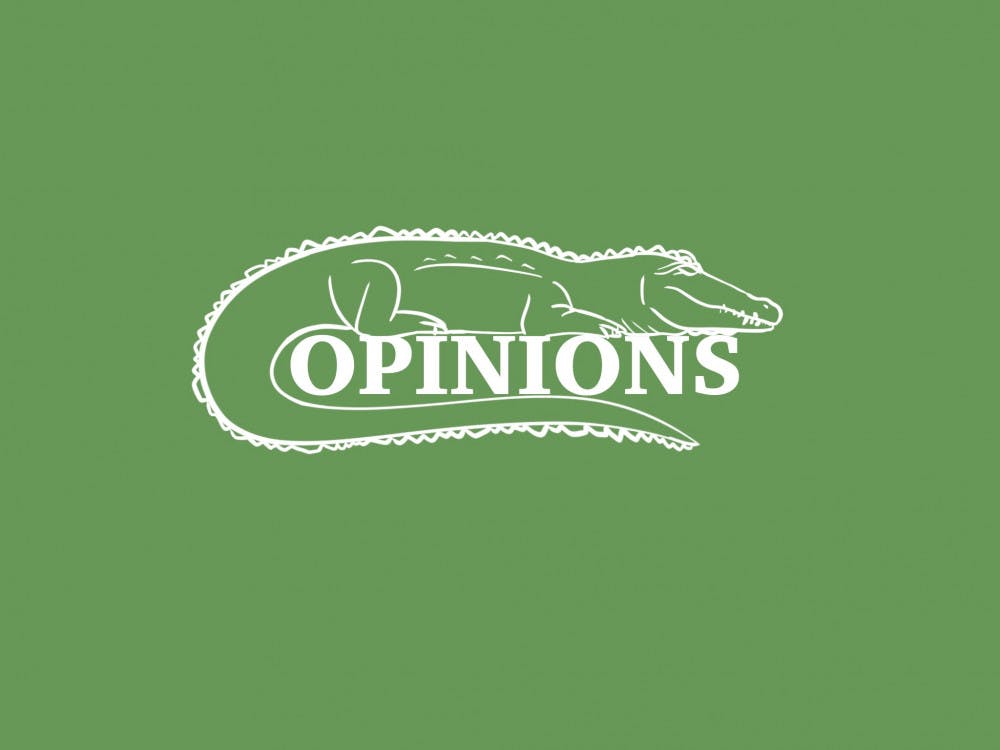All sorts of artificial intelligence and wearable tech is coming to our Gators teams, with $2.5 million plugged into various departments to see through the UF & Sport Collaborative.
The project will see the University Athletic Association collaborate with the health & human performance, business, journalism, medicine and engineering colleges.
The end-goals include establishing new certificates, using AI tools to evaluate our men’s basketball team, wearable sensors and other academic opportunities.
Although I am a biomedical engineer, the world of technology is deeply intertwined across disciplines. Much emergent AI technology comes with impressive new hardware. Wearables are one such example where BME and AI intersect.
One specific new initiative from this involves wearables, with work from Dr. Jennifer Nichols of my home department, biomedical engineering. Wearables include any electronic technology designed to be worn.
Any student who wears an Apple Watch or wireless earpods are using wearables. The failed Google Glass and moderately more successful (if silly looking) Apple Vision Pro are also wearables. So, too, are the increasingly popular VR headsets. They are ubiquitous.
In sports, wearables are also becoming common. They can be built into fabric or be light-weight trackers. They allow real-time data on performance and health.
For Dr. Nichols’ part, she will be collaborating on a $1 million project to utilize wearable sensors to provide data to UAA. This will be partnered with AI to rapidly process student athletes data.
It notes that “funded projects may generate pilot data and initial publications that lead to large-scale research proposals” in the HHP post about the initiative.
What to look forward to
The recent huge monetary commitments from administration to various projects are promising for fostering technology. They should keep coming, as this wearable and AI focus taps on our abundant resources.
Namely, multiple departments devoted to human biomechanics and our burgeoning work at Malachowsky and with AI.
Considering the ubiquity of wearables, this may foster whole new eras and improvements for our athletes. That might be the spark to help our football team, at least, after a troubling Fall 2023 performance.
I certainly hope this comes soon. When I transform from student to Gator alumni I need a team to support loudly, not quietly change the subject from.
I can at least continue to hold pride in our excellent research, as it moves out of the lab and into the field.
What remains to be improved
While I wrote specifically about AI in the past, my complaints of UF President Ben Sasse could have been taken more broadly to his lack of clear evangelizing for tech.
When I listened to Sasse at the opening of Malachowsky, I held out hope he was taking an active part in promoting STEM work.
Now, we are moving forward with amazing funding and backward with communication.
I am conflicted if this is better than him stumbling to explain what we are doing. He has purported to be a sort of pitch man for UF. That is why we hired a politician.
His funding commitments are good, but he has seemingly disappeared from the public eye. As far as I can tell, he is to busy getting engaging with on random accounts on X who make jokes at his expense, writing columns for The Atlantic, or engaging with other, different random accounts on X.
In the lingo of sports, lets not fumble the communication while we are approaching a victory.
Ronin Lupien is a UF biomedical engineering senior.






